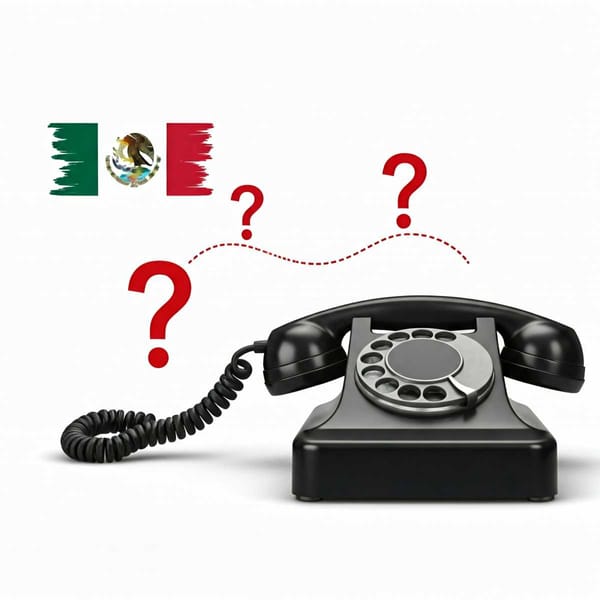How Christmas carols constituted a path to Catholicism and to the identity of Hispanic America
Throughout more than 500 years, the Christmas carol has been modified and adapted to the various customs practiced. Here's what happened.

Over more than 500 years, the Christmas carol has been transformed and adapted to the different uses to which it has been put; however, its origin lies in the popular traditions of the inhabitants of the villages during the Middle Ages, whose songs referred to as love, heroic deeds and work in the fields.
Through extensive research on Christmas carols, Peruvian musicologist Aurelio Tello has delved into the characteristics they acquired with the construction of the world of New Spain and whose usefulness became evident not only as a mechanism of evangelization but also in the formation of a collective identity.
The carols continued with a ceremonial tradition of liturgical character that developed in Europe during the Middle Ages, but that in Latin America was implanted in all the great cathedrals, as the Church faced the task of transforming an entire continent to Catholicism, so it used different resources to create a sense of identity and belonging.
The mass, the divine office, the psalms, the responsories were chants that were sung in Latin, so the church incorporated the tradition of carols to celebrate different festivities in vernacular languages such as Galician, Castilian, or Biscayan.
During the golden century of the carol, the XVII, enormous collections of these songs occupied the attention not only of the Corpus Christi and Christmas celebrations, ceremonies in which besides having a central place, they were also intoned during the whole apostolate, the Marian feasts, and those celebrated in honor of saints and virgins.
Carols were composed for each feast, and the church had a whole professional apparatus of musicians and composers of the works; the lyrics, for their part, were printed and distributed among the parishioners, constituting a transmission belt of popular knowledge, of the Catholic doctrine and of the knowledge of the time, since great scholars like Sor Juana Inés de la Cruz were also consummate carolers.
The carol acquired the structure and content of the Baroque, becoming the most genuine contribution of the Ibero-American community to the world during this period.
The carol is the manifestation of a whole cultural world, of its traditions; it is an art that combines music, poetry, presentation, and representation, the carol was for the Ibero-American world what the opera was for Italy.
In such a way that for the Baroque period, through the carols a tradition was rooted in which the European, the American, and the African had contributed their traits and, fundamentally, found a space of mutual recognition and belonging to a community.
The Christmas carol acquired such notoriety that the volume of production of new songs was excessive. Gaspar Fernández's songbook alone gathers around 300 compositions between 1609 and 1616, and this is because at that time the calendar of festivities was extremely prolific, so that a carol was premiered on every feast day. Material that today has almost disappeared in a process that began in the late eighteenth century, and gradually ceased to be presented in the cathedrals, along with their musicians and composers.
But the tradition did not vanish completely but was transferred to the towns, to the communities through the popular tradition, a place where the carol survived to such an extent that today it is impossible not to identify them as inseparable elements of Christmas Eve (December 24) and Christmas (25).
And so, at the beginning of the 21st century, we find ourselves with a tradition that although it has not been able to escape the commercialization processes, and that suddenly it seems that it is no longer a genuine expression of the people, the Christmas songs, among them the Christmas carols, will remain even after half a millennium of existence.
Source INAH




